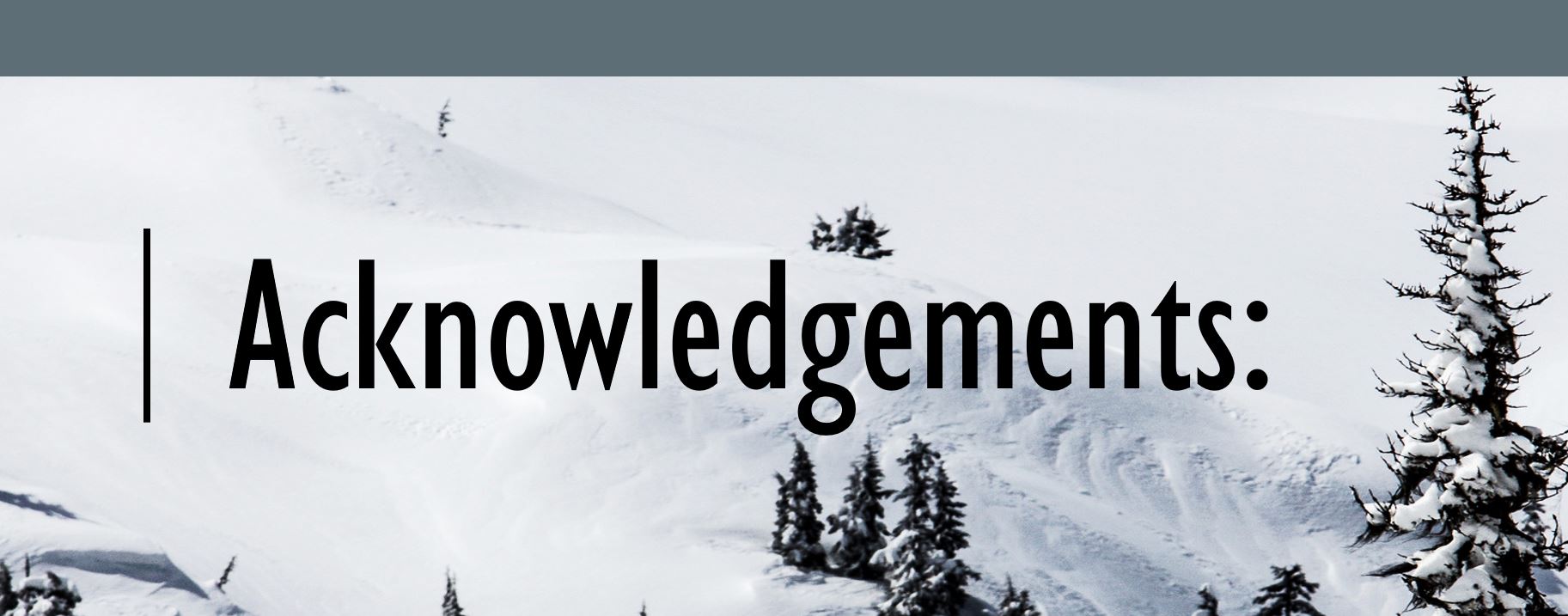
Pauline Galoustian provided research support and copyright clearance support. Pauline also created many of the graphics, completed the design and selected many of the images. Queen’s University Library provided a grant and guidelines for creating an Open Textbook. ECampus Ontario Open gave a grant plus tech support for the second edition.
While I benefited from the insights of many people who are named in the text, some are not mentioned there: Aboriginal Consultant Mel Orecklin, former Ardoch Algonquin First Nation Chief and Queen’s University Professor Bob Lovelace, Professor Thanyehténhas Nathan Brinklow of Queen’s University, Emeritus Professor Marvin MacInnis of Queen’s University, and Ron Ludke of LAMP (Lutheran Association of Missionaries and Pilots). Thank you to Kanonhsyonne Janice Hill, Associate Vice Principal (Indigenous Initiatives and Reconciliation) at Queen’s, who encouraged me to teach the Economics of Indigenous Communities. Thank you to everyone who welcomed me to their community.
The following provided useful critiques of the draft manuscript of the first edition: Joe Bevan, former Chief of Kitselas First Nation, Professor Donna Feir of the University of Victoria, Emeritus Professor Thomas Flanagan of the University of Calgary, and Professor Boyd Hunter of Australian National University. Any errors or omissions are my own responsibility.
Anya Hageman, primary author
Details and Conditions of Use:
This textbook is authored under the Queen’s Open Textbook Authoring Guide and can be reused as-is, used in derivative works, and distributed with proper attribution for non-commercial purposes under the Creative Commons Attribution 4.0 international (License CC BY 4.0), except when otherwise noted.
Note for Instructors:
Instructors may wish to begin the term of study with presentations or readings on the peoples indigenous to the school’s location. As the course progresses, instructors can lead students to discover how the topics covered in the book apply to local communities past and present. Instructors can also make students aware of local opportunities for Indigenous – non-Indigenous interaction and cooperation.
This text flows in chronological order until Chapter 12. Instructors should use their own discretion about whether and when they want to use Chapters 12-14. Chapter 15 picks up the historical thread.
The use of talking circles and other discussion forums is recommended, as conversation is a traditional Indigenous teaching method, and the issues covered in this book are emotionally weighty.

